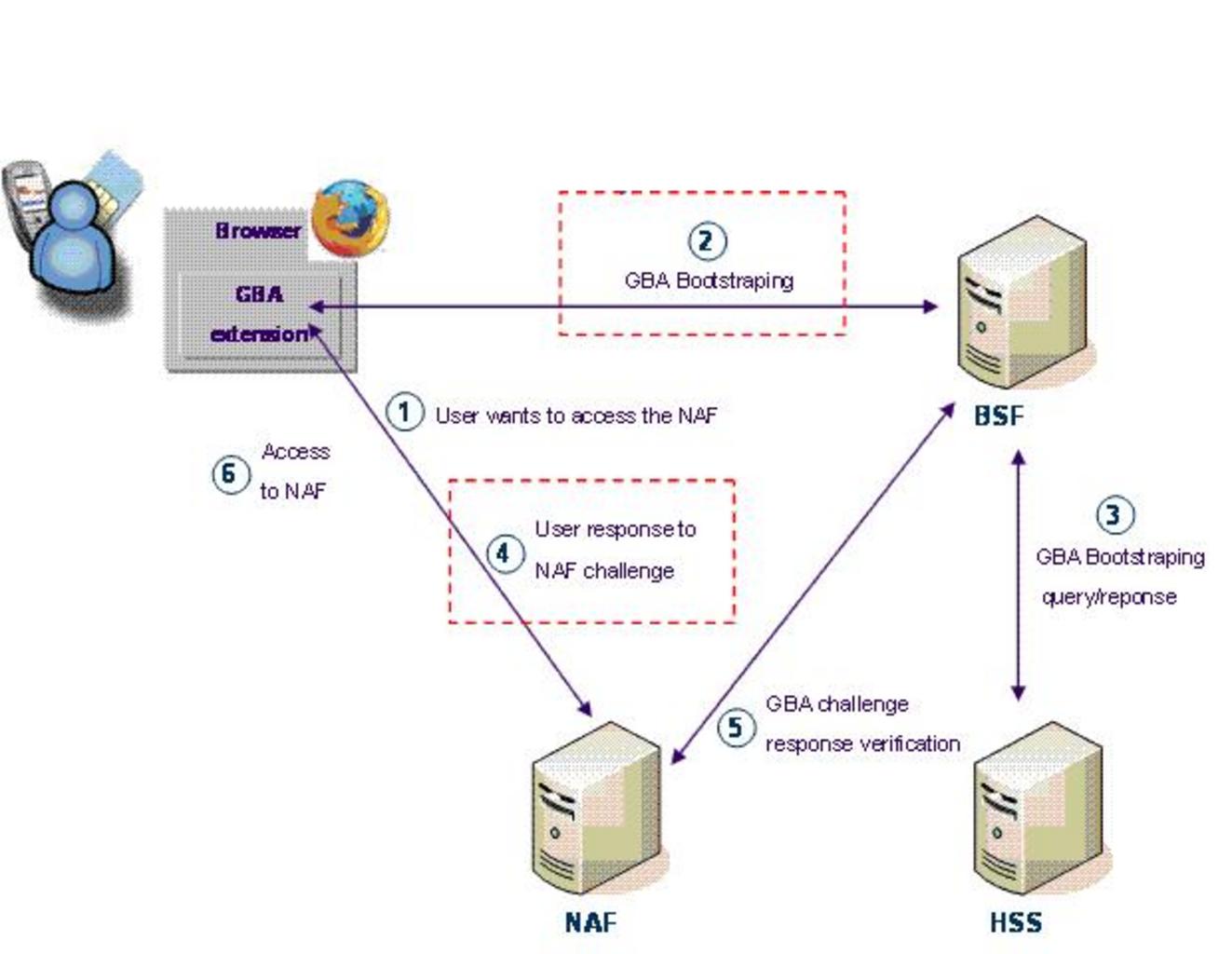Similarity Measure Between Two Populations, The Brunner Munzel test (also known as the Generalized Wilcoxon Test) is a nonparametric statistical test for determining whether two samples are stochastically equal.
Stochastic equality is a measure of population similarity in which two populations have about the same frequency of larger values.
In statistical software, the BM test is not widely available. There are a few R and SAS macros available, however, they tend to produce erratic results (LaBone et al., 2013).
When Should the Brunner Munzel Test Be Used?
The Wilcoxon-Mann-Whitney (WMW) rank-sum test can be replaced with this heteroskedasticity–robust test (Fagerland, 2012).
Unlike the Mann-Whitney test, the BM test enables ties and accounts for uneven variances, so it does not require the assumption of equal variances between two groups.
For tied values, ordered categorical data, and both continuous and discrete distributions, the BM test works well (LaBone, 2013).
For big enough samples, it is an approximately valid test of a weak null hypothesis (Lin, 2013).
The Brunner Munzel test, like most non-parametric tests, is best used with small samples.
To apply a small sample approximation with the t-distribution, the test requires at least 10 observations per group and performs well for sample sizes of 30 or more (Neuhauser, 2011).
The permuted BM test is a preferable alternative if the sample size is less than ten.
BM Test Statistic
H0: = 0.5 is the null hypothesis for the test, implying stochastic equivalence.
The alternative hypothesis is H1:≠0.5, which states that one of the groups has lower/higher values.
Dealing With Missing values in R
The null hypothesis should be taken loosely as implying that the populations vary in some way if it is rejected.
The formula for the Brunner Munzel test statistic is (LaBone, 2013) brunner munzel test

Where:
Mx and My are the mid-rank means for samples X and Y, m and n are the numbers of observations in each sample, and SB is the variance estimates for X and Y.
For degrees of freedom, Brunner and Munzel recommend adopting a t-distribution with a Welch–Satterthwaite approximation.













